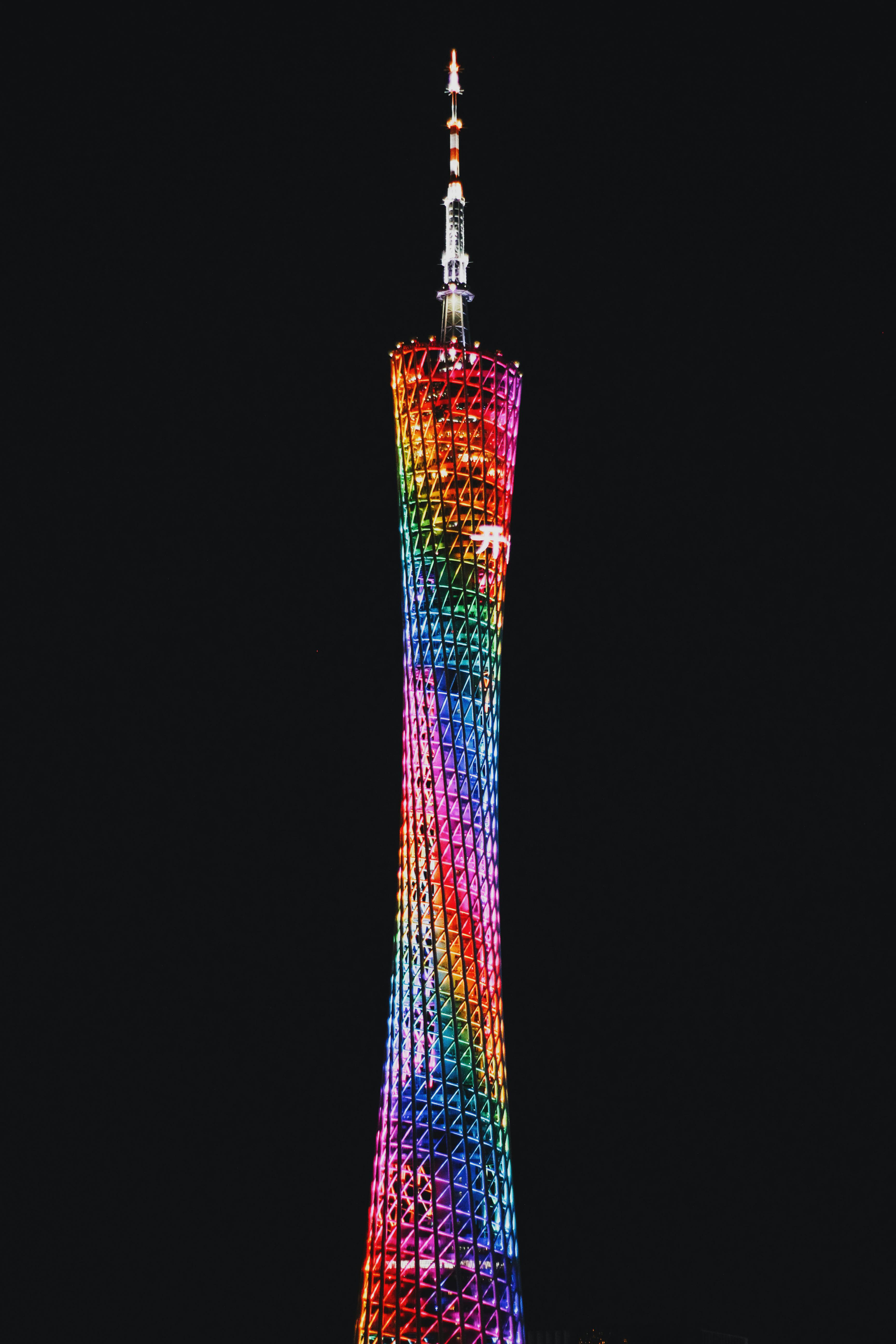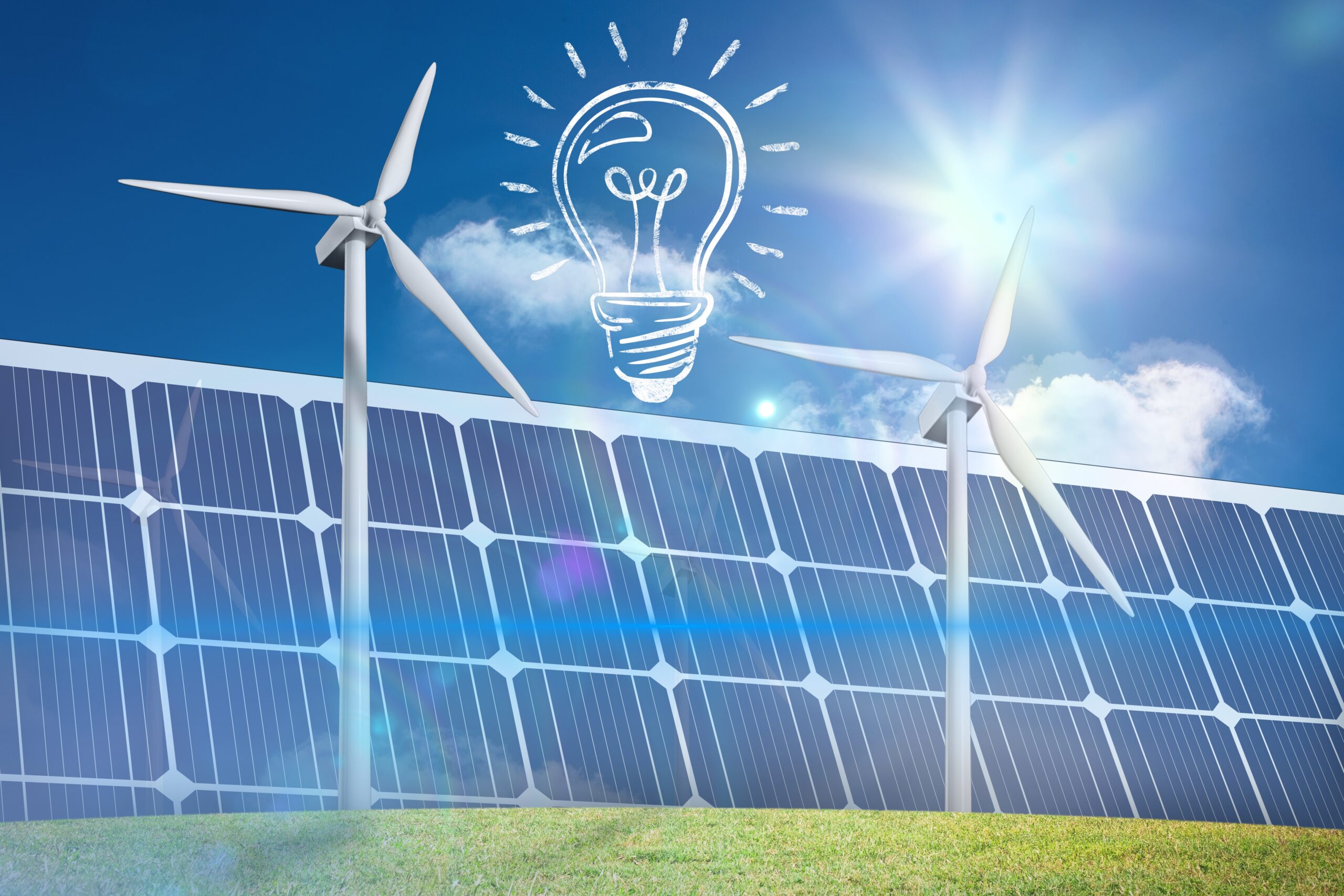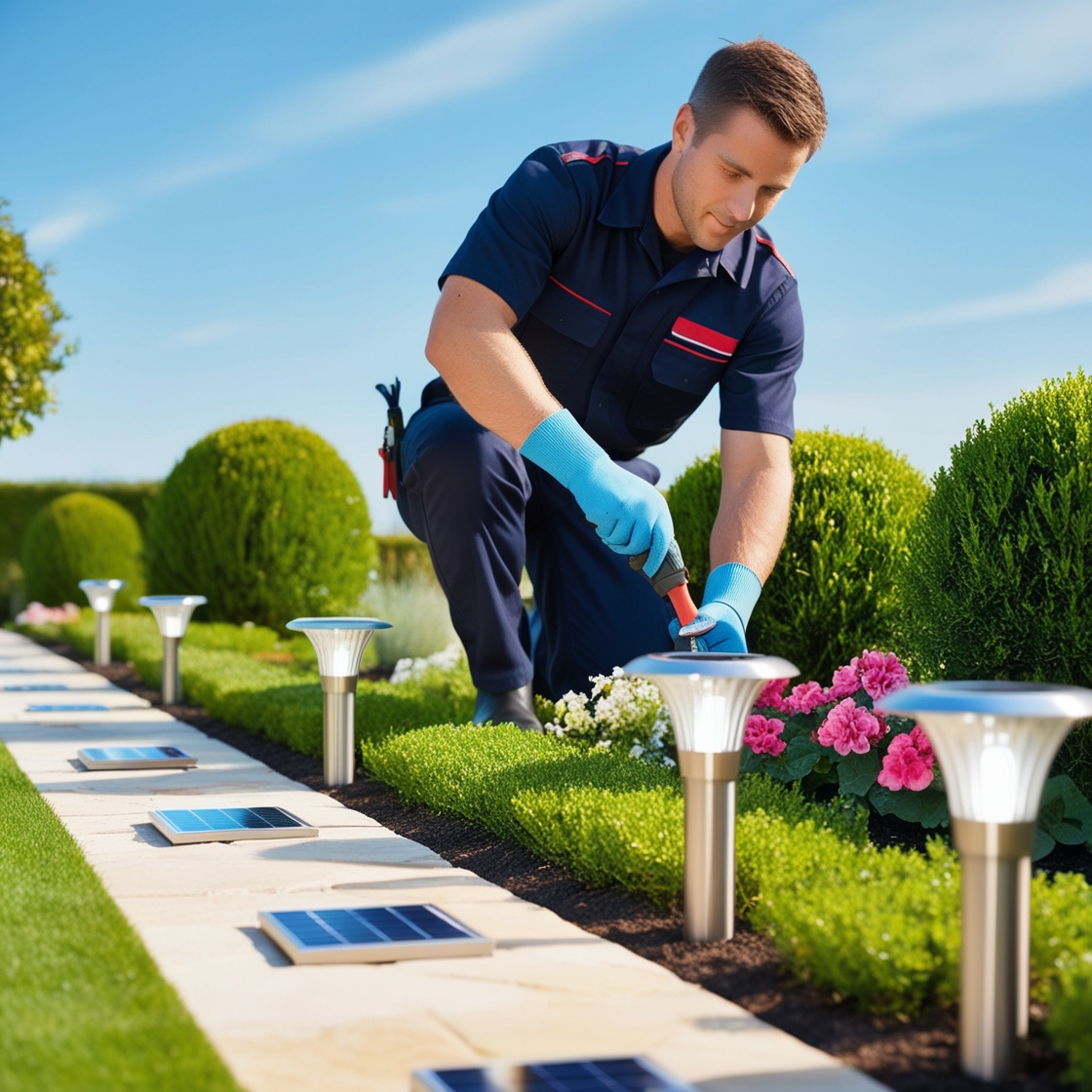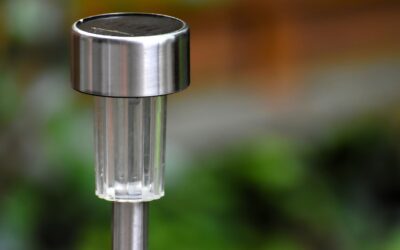Solar lights are a fantastic addition to any outdoor space, providing both illumination and an eco-friendly alternative to traditional lighting. If you’re wondering how to make your solar lights last longer, look no further! We’ve gathered some invaluable tips that will not only extend the lifespan of your solar lights but also help you get the most out of them. From optimal placement to regular cleaning and maintenance, these smart strategies will ensure that your solar lights continue to shine brightly for years to come.

Choose high-quality solar lights
When it comes to selecting solar lights, it’s crucial to choose high-quality options that will not only provide efficient illumination but also last for a long time. With the wide variety of choices available in the market, here are a few factors to consider before making your purchase.
Consider the durability
Durability is a key factor to ensure the longevity of your solar lights. Look for lights that are made from high-quality materials such as stainless steel or corrosion-resistant plastic. These materials will help protect your lights from the elements and ensure they withstand outdoor conditions.
Look for waterproof and weather-resistant features
Since solar lights are typically placed outdoors, it’s important to choose lights with waterproof and weather-resistant features. This will enable them to withstand rain, snow, and other weather conditions without getting damaged. Lights with an IP rating of at least IP65 are recommended for optimal water and weather resistance.
Opt for reputable brands or manufacturers
To ensure the quality and reliability of your solar lights, it’s always a good idea to opt for reputable brands or manufacturers. These companies have established a reputation for producing high-quality products and are more likely to offer warranty or customer support in case of any issues.
Place solar lights strategically
To maximize the performance and lifespan of your solar lights, it’s essential to place them in optimal locations. Here are a couple of factors to consider when determining the placement of your lights.
Select optimal locations with sufficient sunlight exposure
Solar lights rely on sunlight to charge their batteries, so it’s important to choose locations that receive ample sunlight exposure. Look for areas that are not obstructed by trees, buildings, or other structures that may cast shadows on the solar panels. Placing the lights in areas with direct sunlight for the majority of the day will ensure optimal charging and performance.
Avoid shading from trees or buildings
While selecting the right locations for your solar lights, make sure to avoid any potential shading caused by trees or buildings. Even partial shading can significantly reduce the efficiency of your lights. By keeping the solar panels fully exposed to sunlight, you can ensure maximum charging and prolonged lifespan.
Ensure the solar panels face south in the Northern Hemisphere (or north in the Southern Hemisphere)
To make the most of solar energy, position the solar panels of your lights to face south in the Northern Hemisphere or north in the Southern Hemisphere. This allows the panels to receive the greatest amount of sunlight throughout the day. Proper alignment of the solar panels will enhance the charging capability and overall performance of your solar lights.
Keep solar panels clean
The cleanliness of the solar panels directly affects the efficiency and charging capacity of your solar lights. Regular maintenance and cleaning are essential to ensure optimal performance and longevity. Follow these steps to keep your solar panels clean:
Regularly inspect the solar panels for dirt or debris
Inspect the solar panels of your lights on a regular basis to identify any dirt, dust, or debris that may have accumulated. Checking for these contaminants will help you maintain efficient charging and maximize the lifespan of your lights.
Use a soft cloth or sponge and mild soapy water to clean the panels
When it’s time to clean the solar panels, use a soft cloth or sponge and mild soapy water. Gently wipe the panels to remove any dirt or debris. Avoid using abrasive materials or harsh chemicals, as they may damage the panels or their protective coatings.
Rinse thoroughly after cleaning and ensure they are completely dry before reassembling the lights
After cleaning the solar panels, rinse them thoroughly with clean water to remove any soap residue. It’s crucial to ensure that the panels are completely dry before reassembling the lights. Moisture trapped in the panels can cause damage and reduce their lifespan. Allow the panels to air dry or use a soft cloth to dry them gently.
Replace rechargeable batteries when necessary
The rechargeable batteries in your solar lights play a vital role in storing and supplying power. Over time, these batteries may lose their capacity and need replacing. Here’s how to determine when it’s time to replace the batteries.
Monitor the battery performance
Keep an eye on the performance of your solar lights’ batteries. If you notice that the lights appear dim or do not operate for long periods, it could be an indication that the batteries are no longer holding a sufficient charge. Monitoring the battery performance will help you determine if a replacement is needed.
If the lights appear dim or do not operate for long periods, it may be time to replace the batteries
Dim lights or lights that don’t last as long as they used to are clear signs that the batteries need replacing. When the batteries no longer hold an adequate charge, the lights will not function optimally. Replacing the batteries will restore the performance and lifespan of your solar lights.
Choose high-quality rechargeable batteries compatible with the solar lights
When purchasing replacement batteries, be sure to choose high-quality rechargeable batteries that are compatible with your solar lights. It’s recommended to use the same type and capacity of batteries as specified by the manufacturer to ensure proper function and to avoid potential damage to the lights.

Protect solar lights during extreme weather
Adverse weather conditions can have a significant impact on the lifespan of your solar lights. Taking appropriate measures to protect them during extreme weather will help preserve their longevity. Here’s what you can do:
Store solar lights indoors during harsh winter conditions
In regions with severe winters, it’s advisable to store your solar lights indoors when not in use. Extreme cold temperatures can affect the performance and durability of the lights, particularly the batteries. Storing them indoors during winter will protect them from freezing temperatures and enhance their lifespan.
Cover outdoor lights during heavy rainstorms or hurricanes
During periods of heavy rainstorms or hurricanes, it’s important to cover your outdoor solar lights. Excessive rainfall or high winds can potentially damage the lights or their components. By using covers specifically designed for outdoor lights, you can provide an additional layer of protection and prevent water ingress or physical damage.
Consider purchasing solar lights with durable construction for better weather resistance
If you live in an area prone to extreme weather conditions, it’s worth considering solar lights with durable construction. Lights made from high-quality materials and designed to withstand harsh weather will have a longer lifespan. Look for lights specifically labeled as weather-resistant or designed for the specific climate in your region.
Avoid placing solar lights in shaded areas
Placing your solar lights in shaded areas can significantly impact their performance and reduce their efficiency. To ensure optimal performance, follow these guidelines:
Shaded areas limit the sunlight exposure and reduce the efficiency of solar lights
Solar lights rely on direct sunlight to charge efficiently. Placing them in shaded areas will reduce the amount of sunlight they receive, limiting their charging capacity and overall performance. Avoid shaded areas to enhance the lifespan and effectiveness of your solar lights.
Ensure no objects or structures obstruct the sunlight reaching the solar panels
In addition to avoiding shaded areas, make sure there are no objects or structures obstructing the sunlight from reaching the solar panels. Even small obstructions like branches or nearby walls can cast shadows on the panels, diminishing their charging capability. Clear any potential obstacles to maximize the efficiency and lifespan of your solar lights.
Consider installing lights in areas with direct sunlight for optimal performance
To ensure optimal performance of your solar lights, install them in areas with direct sunlight exposure. Positioning the lights in locations where they receive uninterrupted sunlight for most of the day will allow the panels to charge efficiently and provide bright illumination during the night. Taking advantage of direct sunlight will help prolong the lifespan of your solar lights.

Regularly clean the solar light fixtures
Keeping your solar light fixtures clean is essential to maintain their functionality and extend their lifespan. Here are a few steps to follow when cleaning your solar light fixtures:
Remove dirt, dust, and debris from the light fixtures
Regularly remove any dirt, dust, or debris that may accumulate on the light fixtures. Use a soft cloth or brush to gently wipe or brush away these particles. Cleaning the fixtures will prevent any buildup that could potentially affect the performance and lifespan of your solar lights.
Check for any signs of corrosion or damage
While cleaning, take the opportunity to inspect the light fixtures for any signs of corrosion or damage. Corrosion can impact electrical connections and the overall function of the lights, while damage may compromise their structural integrity. Address any potential issues promptly to ensure the optimal performance and longevity of your solar lights.
Clean the fixtures using a non-abrasive cloth and mild cleaning solution
To clean the fixtures, use a non-abrasive cloth or sponge and a mild cleaning solution. Avoid using harsh chemicals that could damage the fixtures or their protective coatings. Gently scrub the fixtures to remove any stubborn dirt or stains, and rinse with clean water afterwards.
Conduct routine maintenance checks
Regular maintenance checks are crucial to keep your solar lights in optimal condition. Follow these steps to perform routine maintenance and address any minor issues that may arise:
Inspect the overall condition of the solar lights
Regularly inspect the overall condition of your solar lights. Check for loose screws, connections, or any visible damage. Pay attention to the state of the solar panels, light fixtures, and batteries. Identifying any potential issues early on will allow you to address them promptly and prevent further damage.
Tighten loose screws or connections
During your maintenance checks, tighten any loose screws or connections you may encounter. Vibrations from wind or other factors can cause fixtures to become loose over time. Ensuring that all screws and connections are secure will prevent damage and maintain the proper functioning of your solar lights.
Replace any damaged parts or components
If you notice any damaged parts or components during your maintenance checks, it’s important to replace them promptly. Damaged solar panels, cracked light fixtures, or corroded electrical connections can negatively impact the performance and lifespan of your solar lights. Check with the manufacturer or supplier for replacement parts or contact customer support for assistance.
Replace faulty components promptly
In case you encounter a malfunctioning solar light, identifying the faulty component is essential to resolve the issue. Follow these steps to replace any faulty components and ensure the longevity of your solar lights:
If a solar light is malfunctioning, identify the faulty component
When a solar light is not functioning correctly, it’s important to identify which component is causing the issue. It could be a faulty solar panel, a malfunctioning battery, or a damaged light fixture. By pinpointing the problematic component, you can take the necessary steps to address the issue effectively.
Check the warranty if applicable and contact the manufacturer for replacement parts
If your solar lights are still under warranty, check the terms and conditions to see if the faulty component is covered. In such cases, contact the manufacturer or supplier for replacement parts. Provide them with the necessary information, such as model number and proof of purchase, to facilitate the replacement process.
Promptly replace any defective components to ensure the longevity of the solar lights
Once you have obtained the replacement parts, promptly replace any defective components to restore the functionality of your solar lights. This will not only resolve the issue at hand but also help prolong the overall lifespan of your solar lights. Ensure that the replacements are installed correctly to avoid any further complications.
Utilize additional backup lighting
While solar lights are a great source of illumination, there may be times when their performance is compromised due to factors like limited sunlight exposure or extreme weather conditions. Having additional backup lighting can prove beneficial during such situations. Consider the following:
Consider installing additional battery-powered or electric lights as a backup
To ensure sufficient illumination when solar lights may not perform optimally, consider installing additional battery-powered or electric lights as a backup. These lights can serve as a reliable alternative during periods with low solar light performance. Additionally, they can supplement the lighting provided by the solar lights during extended periods without sufficient sunlight.
These lights can provide illumination during periods of low solar light performance
When weather conditions or other factors limit the charging capacity of your solar lights, backup lights powered by batteries or electricity can provide the necessary illumination. They will ensure that your outdoor area remains well-lit regardless of any temporary limitations of the solar lights.
Ensure the backup lighting system is reliable and complementary to the solar lights
When choosing and installing backup lights, ensure that they are reliable and complementary to your solar lights. Consider factors such as energy efficiency, brightness, and compatibility with your existing lighting setup. By selecting a backup lighting system that complements the solar lights, you can ensure a seamless transition during periods of limited solar light performance.
By following these tips, you can increase the lifespan of your solar lights and enjoy their illumination for years to come. Remember to choose high-quality solar lights, place them strategically, keep the solar panels clean, replace rechargeable batteries when necessary, protect them during extreme weather, avoid shading, clean the fixtures regularly, conduct routine maintenance checks, replace faulty components promptly, and utilize additional backup lighting when needed. With proper care and maintenance, your solar lights will continue to brighten up your outdoor space while reducing your carbon footprint.




